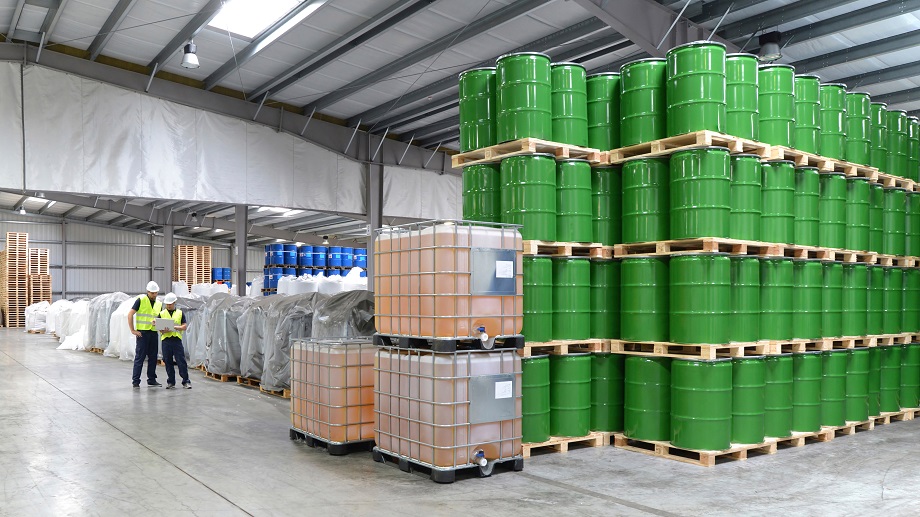Like any automobile engine, different equipment involved in food production requires lubrication to remain safe and work in the best condition. Different types of machinery require different types of lubrication systems. Food-grade lubricants should carry out the same technical functions as any other lubricant, such as:
- Render protection against friction, corrosion and wear
- Be compatible with rubber and other sealing materials
- Disperse heat and transfer power
- Render a sealing effect in some cases
Furthermore, food and pharmaceutical businesses’ different applications require lubricants to resist degradation from food products, water/steam, chemicals, and ought to show a neutral behaviour toward elastomers and plastics and have the capability to dissolve sugars. These oils should also abide by food/health and safety regulations and should be physiologically neutral, odourless, tasteless and approved internationally.
The Categorisation of Food-Grade Lubricants
Lubricants are categorised based on the probability they will contact foods. The first categorisation of Food-Grade Lubricants is H1, H2 and H3, created by the USDA (United States Department of Agriculture) that remained in force until the National Sanitation Federation took charge on 30th September 1988 and categorised per the ingredients. Here are the categories:
H1 Lubricants
H1 Lubricants are used in processing environments where incidental food contact may happen.
Nonetheless, such contact is limited to a minuscule amount (roughly 10 parts per million), or the food is not considered safe. Generally, H1 Lubricants are used as an anti-rust solution. These lubricants are referred to as ‘Food-Grade Lubricants’, but they are not intended for direct, purposeful contact with the food.
H2 Lubricants
Generally, H2 Lubricants are used in a food production facility, but they are not used on the production line. In all likelihood, these lubricants will not contact food. H2 Lubricants are used often as a release agent on machine components or equipment and as an anti-rust film.
H3 Lubricants
H3 Lubricants are applied on trolleys, hooks and similar equipment to safeguard against rust and keep them clean. These lubricants are also known as edible or soluble oils. H3 Lubricants can contain oils from soybean, cottonseed and corn. All equipment treated with these lubricants should be washed or wiped before use.
How to Choose the Correct Food-Grade Lubricant?
- Food-Grade Lubricants intend to improve and safeguard your vital assets against friction, corrosion and rust, and it is paramount to eliminate the danger of food contamination.
- Selecting the lubrication method is not as easy as it looks. It is imperative to consult a supplier who understands your machinery and needs.
- Furthermore, it is vital to think of more restrictions to the preparation of Food-Grade Lubricants like religious influences. Both Halal and Kosher diets lay down specific rules for food processing, possibly restricting the use of some lubricants.
Thus, when selecting your supplier, they must understand your requirements, prepare products per the needs, supply oil analysis and provide genuine, prompt answers to your questions.
 :
https://www.pacificlubrication.com.au/
:
https://www.pacificlubrication.com.au/












